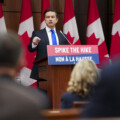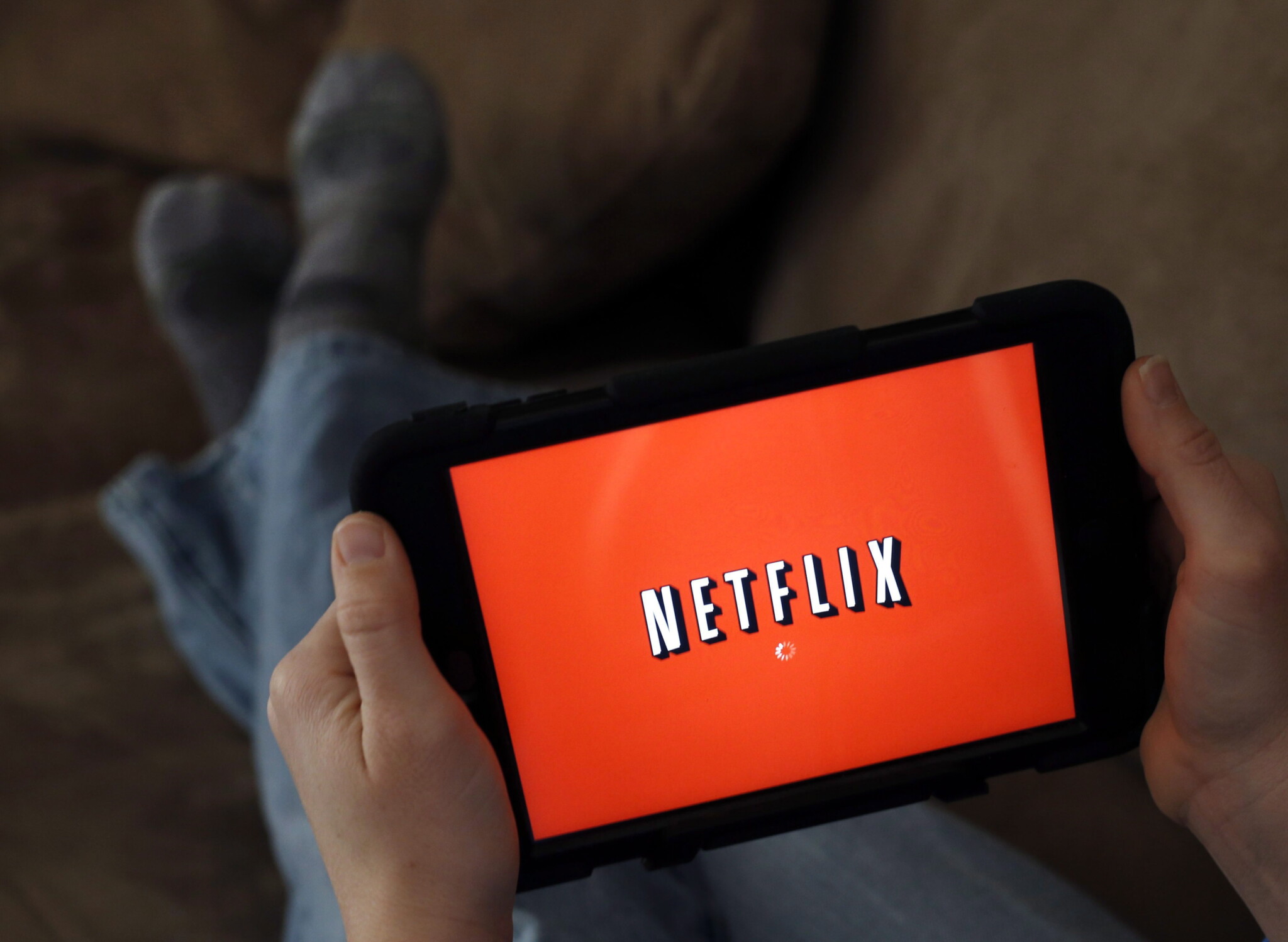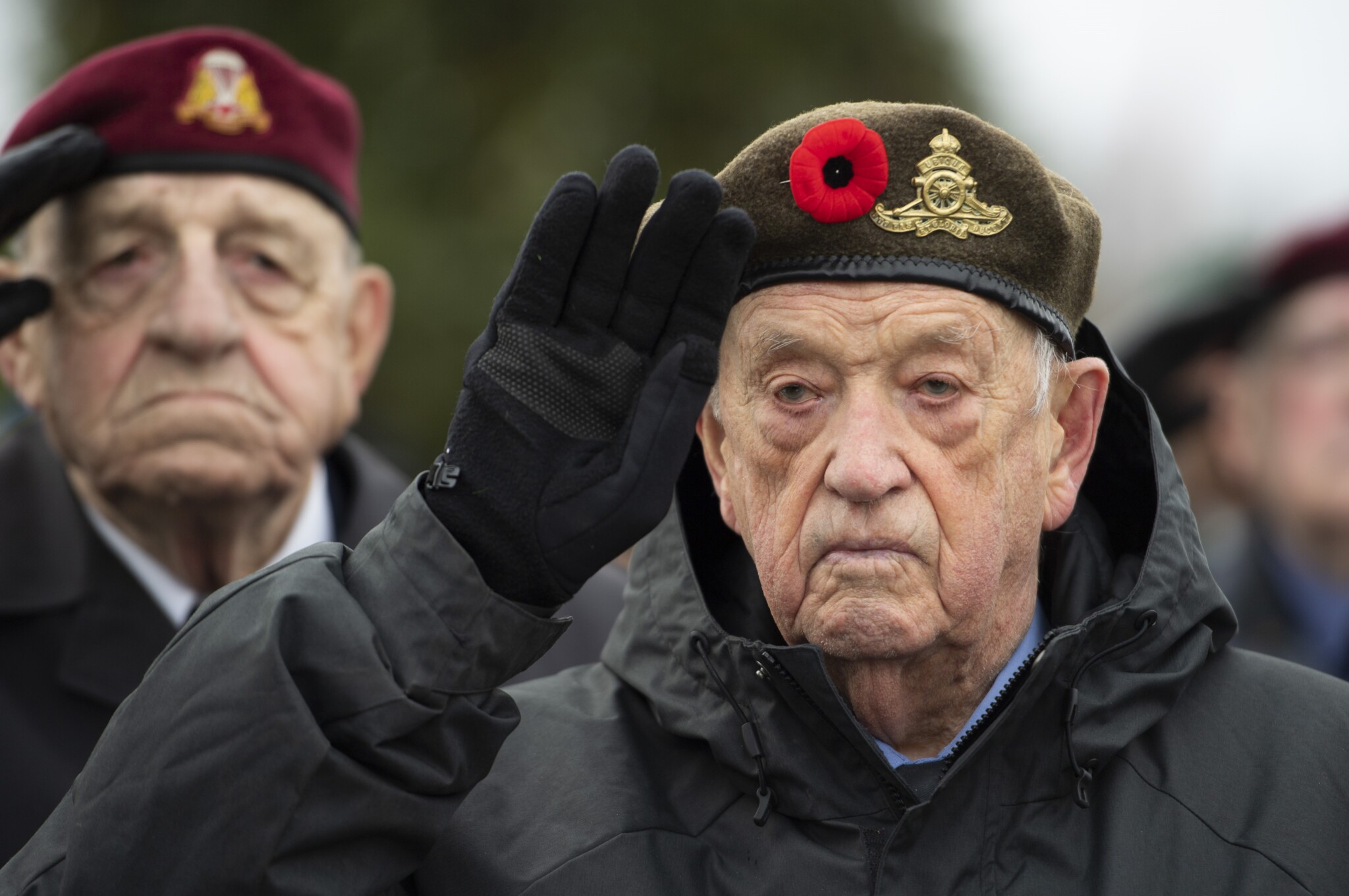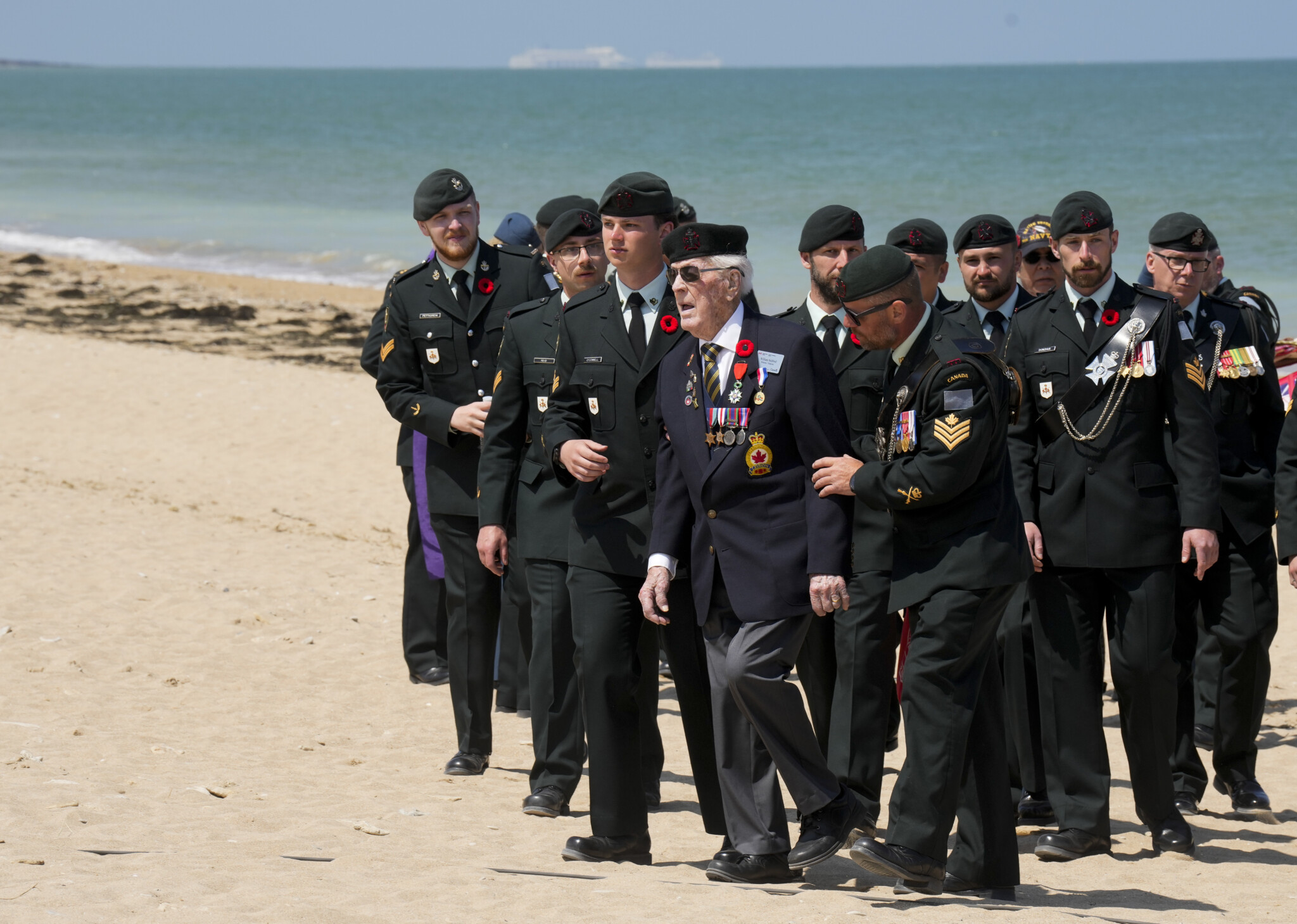Last December, I appeared before the CRTC as part of Bill C-11 hearings, where I emphasized the need for the commission to pay attention to competition, consumer choice, and affordability. My takeaway from that appearance was that “my intervention met with skepticism from some Commissioners who see their role as guardians of the broadcasting system on behalf of longstanding beneficiaries with little regard for the impact on consumers or the risks to competition.”
It turns out that was a pretty good read of the situation as this week’s Bill C-11 streaming ruling acts as if consumers, competition, and affordability are irrelevant issues that are at best someone else’s concern. The result is that Canadians have been largely removed from broadcasting and Internet policy at the regulator. They are expected to foot the bill and not ask any questions.
Stakeholders are still processing the decision, but my general sense is that it has fallen flat with much of the creator lobby and sparked genuine anger among streaming services. There have been rote statements of support that have come at the urging of Canadian Heritage, but the government touted a billion dollars in new money, not the $200 million estimated by the CRTC. That isn’t chump change, but the allocations are so micromanaged that the Canada Media Fund, which has a program budget of over $350 million, could see as little as 0.5 percent of streamer revenues. Given the costs of production, this is not the game-changer that was promised.
Bigger winners include the news production side of Rogers and Bell, who get more money from services that have nothing to do with news, and BIPOC and Indigenous creators, who get specific allocations. But this new money comes at a price: increased fees for consumers and the potential for reduced or stalled investment by streaming services left unsure if their spending “counts” for the purposes of government policy. Much like Bill C-18, there are a few winners, more losers, and many left to wonder if years of lobbying were worth the trouble.
There is still much to decide with Bill C-11 as the CRTC has pushed money out the door without figuring out what a modernized definition of “Canadian content” even means or addressing how to treat the various other contributions from services that include significant investment, promotion, and discoverability measures. Further, it has treated the streaming services as a monolith despite different business models, profit margins, and revenue streams. This has huge implications for competition in Canada, but the CRTC seems either oblivious or perhaps just unconcerned with the market effects of its ruling.
The decision deserves criticism on those grounds alone, but the most unforgivable aspect of the decision is how presentations or submissions from individuals are ignored and never referenced. The CRTC says it wants to hear from Canadians, but then proceeds to ignore everything they have to say. It says it received over 360 submissions and heard from 120 witnesses, but the only views that count are those from formal stakeholders, described as the “parties.” The hundreds of individual submissions and the many individual presentations are not cited or addressed. The Parliamentary and committee processes may be imperfect, but committee reports take the time to engage with what they have heard, regardless of the source. Indeed, I recall the 2019 copyright review by the Industry Committee making a point of citing each of its witnesses in the final report.
That the CRTC sees no problem with ignoring the views of the public who navigate a challenging process to participate cuts to the very legitimacy of its decision making. The word “consumer” does not appear even once in the decision. The costs associated with its decision are not considered, the competition impact is not considered, and the views that the commission heard from the public are not considered.
The CRTC once said it wanted to place Canadians at the centre of the broadcasting system. With this decision, Canadians have been removed not only from the centre, but this CRTC has removed them entirely— other than leaving them to ultimately foot the bill. The commission’s new mantra to Canadians is clear: pay up and shut up.
This column originally appeared at michaelgeist.ca.
Recommended for You

A major upset: Five Tweets on the Conservatives winning the Toronto-St. Paul’s by-election

David Mulroney: The next PM must remind Canada’s public servants who really runs the show

Tingting Zhang: Canada has tons of doctors—yet an alarming number of people have no primary-care provider. What’s going on?

Emerson Csorba: Sure, there’s glamour in globalism. But we need politicians who care about our communities first












